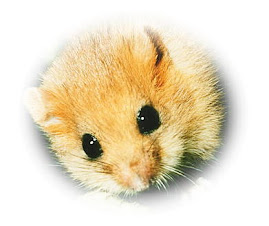Bonnington looked around the hospital ward, which was spread about the clearing amongst the Oak and Beech trees. The sun shone through the branches and the clearing was bathed in mottled golden light.
Nearly every patch of grass was taken. There were rabbits and wood mice. There were squirrels and dormice. In one corner was a whole flock of sparrows in loud conversation with a flock of blue-tits. The noise was like an orchestra tuning up.
He had never seen it so full! At first, he not could see anywhere to lie down. Then he heard a familiar voice.
‘Over here’, the pine marten called. ‘There’s a space next to me.’
‘What are you doing here?’ asked Bonnington.
‘I burnt my foot on a cigarette thrown from a car window’, said the pine marten, ‘but it’s getting better already thanks to Florence. She’s the best nurse in the Forest.’
As Bonnington settled down on his comfortable bed of moss and heather, he looked around the other beds and saw all the animals were injured: cuts and bruises; burns and blisters; bandaged arms and legs; eye patches – EYE PATCHES!
‘What is going on?!?’ Bonnington asked Bowsie, Boddington, Emma and Jane who were busy plumping up his bed, and making sure he was comfortable.
‘I don’t know’, said Bowsie, ‘but I am going to find out and whoever is hurting all my friends had better look out!!!’









.jpg)


